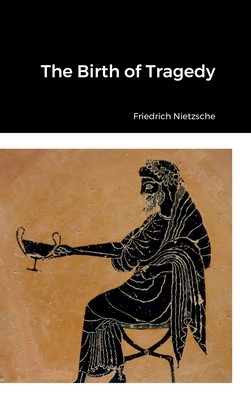
- We will send in 10–14 business days.
- Author: Friedrich Wilhelm Nietzsche
- Publisher: Lulu.com
- ISBN-10: 1387917935
- ISBN-13: 9781387917938
- Format: 15.2 x 22.9 x 1 cm, kieti viršeliai
- Language: English
- SAVE -10% with code: EXTRA
Reviews
Description
Nietzsche's first published book, The Birth of Tragedy is a compelling argument for the necessity of art in life. This landmark work of criticism is fueled by Nietzsche's enthusiasms for Greek tragedy, the philosophy of Schopenhauer and the music of Wagner, to whom the book was dedicated. Nietzsche outlines a distinction between two central forces in art: the Apolline, representing beauty and order, and the Dionysiac, a primal or ecstatic reaction to the sublime. He argues that the combination of these states produced the highest forms of music and tragic drama, which not only reveal the truth about suffering in life, but also provide a consolation for it.
EXTRA 10 % discount with code: EXTRA
The promotion ends in 21d.20:49:58
The discount code is valid when purchasing from 10 €. Discounts do not stack.
- Author: Friedrich Wilhelm Nietzsche
- Publisher: Lulu.com
- ISBN-10: 1387917935
- ISBN-13: 9781387917938
- Format: 15.2 x 22.9 x 1 cm, kieti viršeliai
- Language: English English
Nietzsche's first published book, The Birth of Tragedy is a compelling argument for the necessity of art in life. This landmark work of criticism is fueled by Nietzsche's enthusiasms for Greek tragedy, the philosophy of Schopenhauer and the music of Wagner, to whom the book was dedicated. Nietzsche outlines a distinction between two central forces in art: the Apolline, representing beauty and order, and the Dionysiac, a primal or ecstatic reaction to the sublime. He argues that the combination of these states produced the highest forms of music and tragic drama, which not only reveal the truth about suffering in life, but also provide a consolation for it.


Reviews